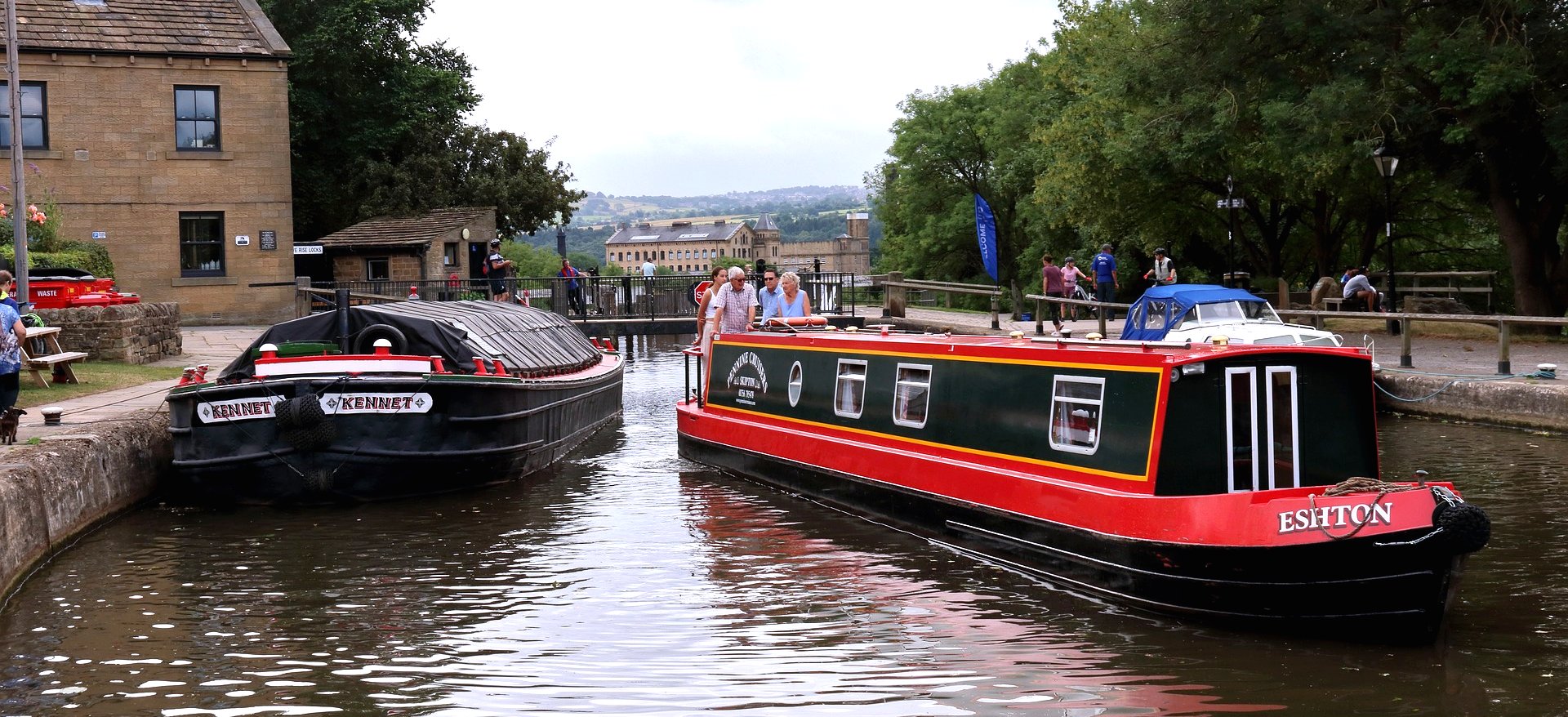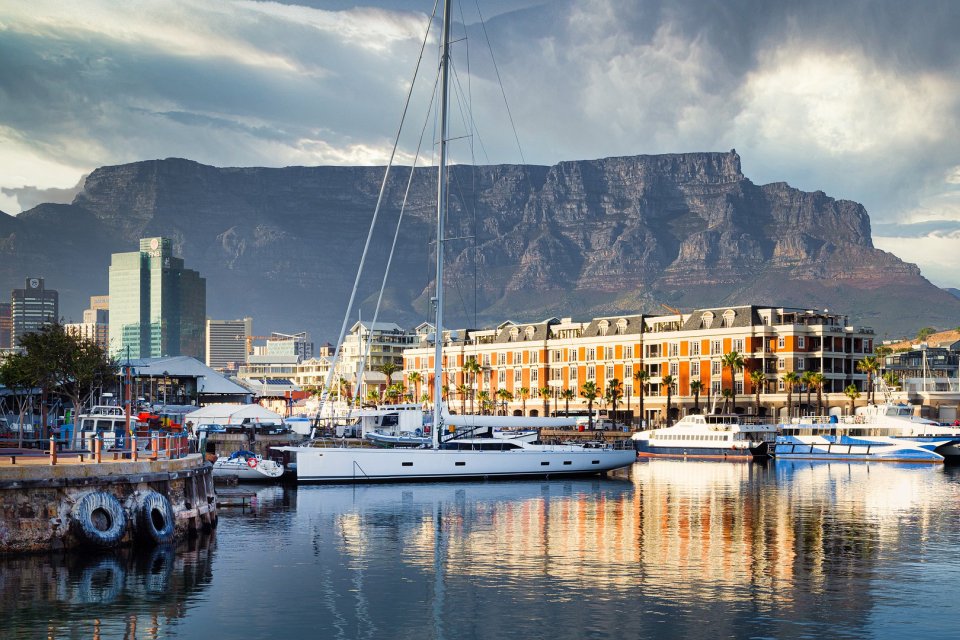Narrow Boats
Ahoy, there! ⚓ Welcome aboard ‘Narrow Boats’ and embark on a journey through this fascinating world.
‘Narrow Boats and Narrow Boats for Sale’ is your trusted companion on the journey to narrowboat ownership. With our wealth of resources and expert guidance, you'll be navigating Britain's waterways in style in no time. Fair winds and smooth sailing await with ‘Narrow Boats for Sale’ by your side
“We would like to present to our boating friends around the world, a brief overview of the English Narrowboat”.
An English Narrowboat, is a traditional canal boat that goes back to Britain's industrial heritage. These long and slender vessels were originally designed for transporting goods along the narrow canals of England during the Industrial Revolution. Today, they are beloved for their charm, versatility and unique way of life.
Long & Narrow Design
English narrowboats typically measure anywhere from 30 feet (9.1m) to 70 feet (21.3m) in length, with a narrow beam of around 6 feet (1.8m) to 7 feet (2.1m). Their design allows them to easily navigate the narrow and shallow canals, making them perfect for exploring England's extensive canal network.
Sturdy Construction
Narrowboats are sturdy and constructed of steel, making them more than capable of withstanding the rigours of canal travel. They feature a flat-bottomed hull, which provides stability and allows them to navigate shallow waters without getting stuck.
Life on Board
Living aboard an English narrowboat offers a truly unique experience. While the interior space is compact, it is designed to maximise comfort and functionality. Narrowboats typically feature sleeping quarters, a galley (kitchen), a bathroom (referred to as ‘heads’), and a cosy living area.
Many narrowboat owners choose to customise their vessels to suit their individual preferences and needs, adding amenities such as heating, solar panels, and even gardens on the roof!

Exploring England's Waterways
One of the greatest joys of owning or renting an English narrowboat is the opportunity to explore England's picturesque waterways leisurely. From the tranquil canals of the countryside to the bustling urban waterways of cities like London and Birmingham, there's no shortage of stunning scenery to discover.
Preserving Tradition
Despite modern advancements, the charm and allure of the English narrowboat endure. Whether you're a seasoned boater or a newcomer to canal cruising, stepping aboard one of these historic vessels will evoke nostalgia and adventure.
Propulsion
Narrowboats are typically powered by a diesel engine, though some are experimenting with electric propulsion. The engine is located at the rear of the boat, driving a propeller for propulsion. Steering is with a tiller therefore upholding the traditional method of steering the boat.
In conclusion, the English narrowboat is not just a boat; it's a symbol of England's rich maritime heritage and a gateway to exploring the country's hidden gems. So, why not embark on your own narrowboat adventure and experience the magic for yourself? Happy cruising.
Narrow Boats for Sale - The Buying Process
Buying a narrowboat involves several steps. Below is a general procedure to guide you through the process
Research
Start by researching different types of narrowboats, their features, sizes, and prices. Consider whether you want a new or used boat and what your budget is. Now is the time to consider renting one for a short period, to familiarise yourself. Where will you keep your narrowboat, a very important question?
Visit Boat Shows and Brokerages
Attend boat shows or visit brokerages to view various narrowboats. This will give you a better idea of what's available and help you narrow down your options.
Arrange Financing (if needed)
Determine how you'll finance your purchase. You may need to secure a loan from a bank or other financial institutions.
Deposit, Surveyor and an Offer
Once you have found a narrowboat you wish to buy then a refundable deposit is required of 10% to hold the boat, generally for 2 weeks, whilst you engage a boat surveyor to assess the boat’s condition and electrical and mechanical systems, test engines and steering etc. This deposit is fully refundable if the surveyor finds issues with the boat. This is the time where negotiations take place on the final price, against the cost of repairing these issues.
The Contract
Once both parties agree on the price and terms of the sale, you'll need to sign a contract or purchase agreement. This document should outline the sale price, any conditions of the sale and the closing date.
Completion
On the closing date, you'll need to transfer the funds to the seller and complete any necessary paperwork to transfer ownership of the narrowboat to you. This may involve registering the boat with the appropriate authorities.
Arrange Insurance
Before taking ownership of the narrowboat, arrange insurance coverage to protect your investment. This may include coverage for the boat itself, as well as liability coverage in case of accidents.
Transfer Ownership
Once the sale is complete and you've arranged insurance, you'll need to transfer ownership of the narrowboat into your name. This may involve completing paperwork with the relevant authorities and for England, registering on the Small Ships Register (SSR) and paying the applicable fees.
Get Training
If you're new to narrow-boating, consider taking a training course to learn how to operate the boat safely. Many marinas and boating organisations offer training programs for new boat owners.
Enjoy Your Narrowboat
Once everything is sorted, it's time to start enjoying your new narrowboat! Take it out on the water and explore England's beautiful canals and waterways. Happy Cruising!
Boating Websites
Narrowboats for Sale
Virginia Currer Marine
Narrowboats for Sale
Braunston Marina
Narrowboat Builders
Colecraft
Collingwood Boatbuilders
www.collingwoodboatbuilders.co.uk
Narrow Boat Holiday Rental
Calcutt Boats
Napton Narrowboats
Narrow Boat Training
Narrowboat Skills Centre
nbsc.org.uk
The Imardex Marine Team




